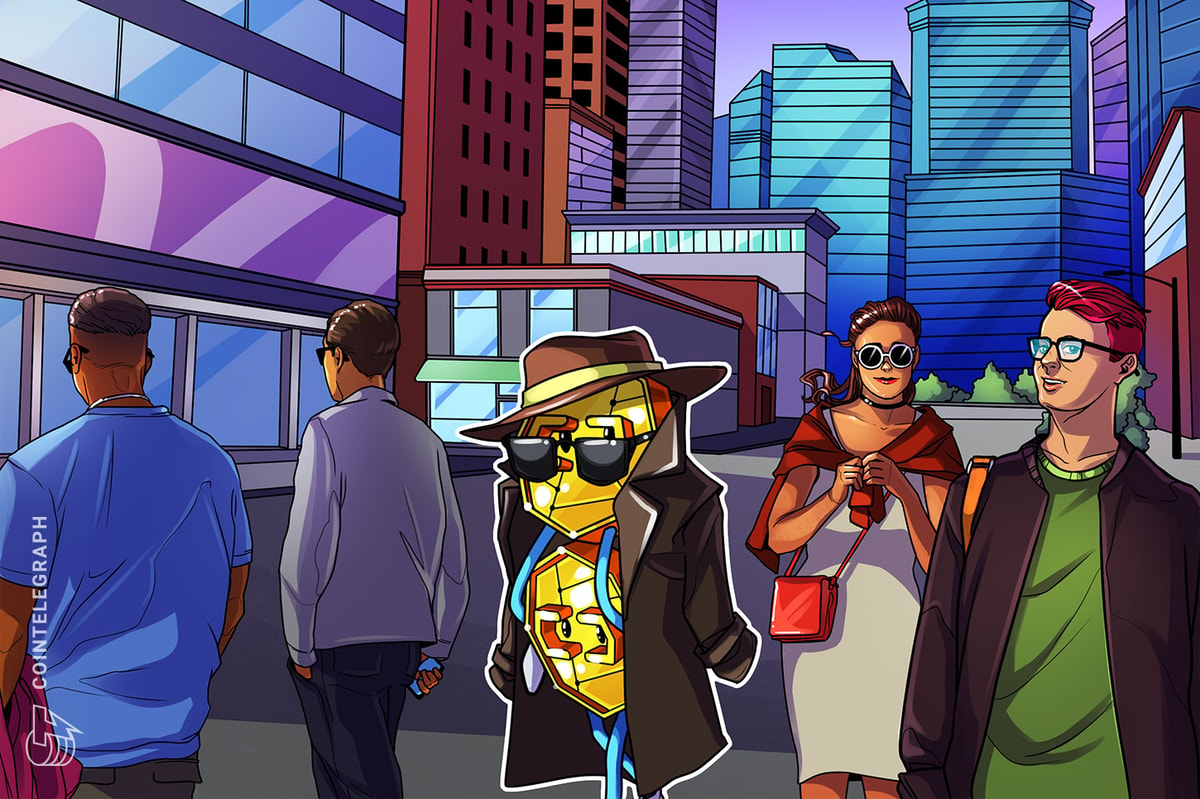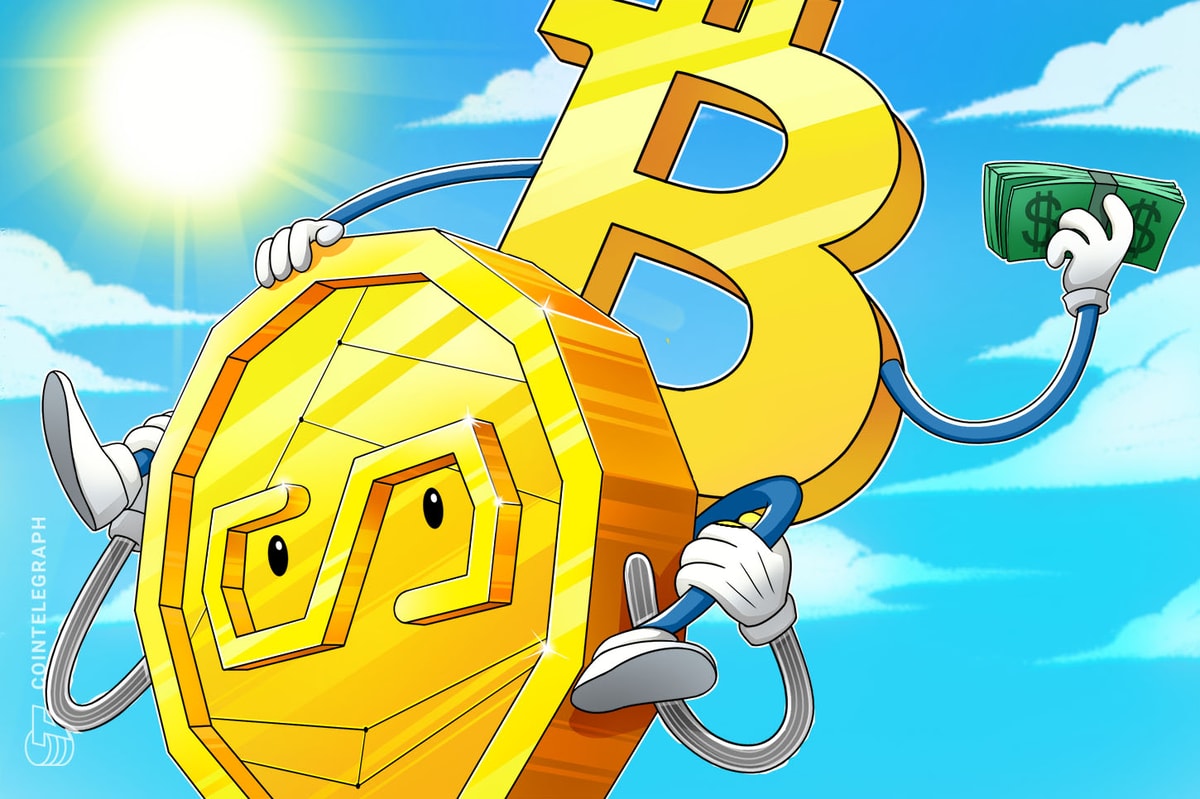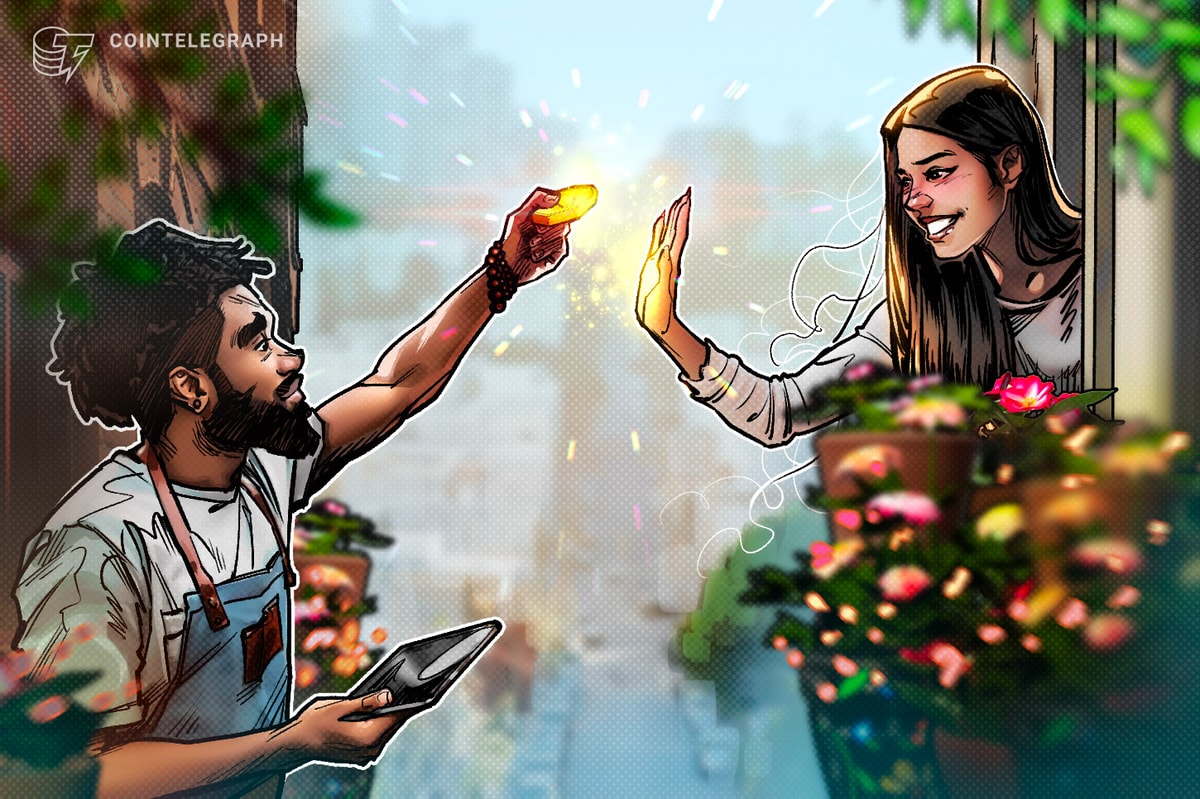
A screenshot from the author’s virtual community tour.
It is always exciting to see companies experimenting with new technologies and pushing the boundaries of what’s possible. Home builders often take big risks, but, when it comes to digital innovation, there is usually a wait-and-see approach. KB Home, ranked No. 6 on the Builder 100 list, recently announced that it has joined the metaverse by creating a virtual model home experience in Decentraland, one of the more popular metaverses.
At first glance, it is easy to be skeptical of this move as the metaverse is still in its infancy. While many believe the trend is heading in this direction, it is not yet clear whether there is a significant percentage of current home shoppers looking for a full virtual home buying experience. Despite this, I applaud KB Home for taking a risk and trying something new. Regardless of whether it turns out to be a winning experiment, the firm certainly will have learned more than those who are sitting on the sidelines.
With that in mind, I decided to take a trip to the KB Home virtual community to see what it had to offer. It took me three to five minutes to find the experience. Directions were not easy to come by, but I eventually found the coordinates by doing some searches in Google and teleported to the front door. The space was set up with a retail-looking welcome center, along with a virtual assistant and some traditional-style marketing banners and lounge furniture. As you stand in the center of the space, you can see three model homes waiting for you to tour on a picturesque cul-de-sac.
There were two moments in particular that made me smile with delight about the whole experience. The first was that as you stood outside of each of the models, you could swap the elevations with the click of a button. A nice touch that makes you feel a bit of the true potential of interacting in a virtual world. The second was a similar ability to swap countertops, cabinets, etc., in the kitchen of each home.
Not every room was accessible (I assume because small virtual powder rooms are even less interesting than small real-life powder rooms), but I spent about 15 minutes touring the welcome center and all three homes. While I did find some appreciation for the whole experience, I also came away with a few suggestions for how it could be improved in the future.
First, the virtual assistant that greets you when you first enter the world talks too much in marketing speak and not like a person. In an interactive world like this, it is essential to do more showing than telling. If someone is forward-thinking enough to actually go into this world, you can assume they know their way around the basics. In the metaverse, anything is possible. You can create environments and tell stories in a much more immersive and dynamic way than in the real world. Instead, some of the less exciting parts of a typical model home tour were included as-is in a virtual setting. KB missed the opportunity to create a truly immersive and engaging experience for its potential customers.
While the different features and finishes of the homes were shown in an interactive way, it all felt unfinished or rough around the edges. For example, the interior of the homes would reflect the color of the sky outside. When I took a second tour later, the sky was purple, and all of the selections inside had a purple hue to them (including the white walls). Without a focus on either story or emotional elements—even if they were not directly about the home itself—it felt more like a tech demo than a true attempt at building the brand through an immersive experience.

Another issue is that the scale of the rooms and spaces doesn’t always feel right. At times, you may feel claustrophobic even in the primary bedroom due to the camera angle from which you are viewing. In a virtual world, it is important for the rooms and spaces to feel open and spacious to create an immersive and engaging experience for potential home buyers, not just to display architecturally correct models (although I really think they were overall scaled smaller than they should be).
Empty spaces in virtual worlds can be sad and lonely if not done perfectly, and I never encountered another individual in the space with me. I think it is important to staff the space with someone who can help whenever possible or perhaps position special events in the world as a virtual “open house” setting where other people are walking through, looking, asking questions, and having a good time. Finally, some method of making a game out of the experience should be optional. Let people design their dream home, save it, and display it as a mini-model for future guests to view and rate, for example.
Despite these critiques, I do believe the metaverse will eventually have an impact on the home building industry. It is exciting to see pioneers like KB Home exploring the unknown, and it’s smart for a company of its size to be experimenting like this—but not all experiments need to be public, and I’m not sure this effort is going to positively impact the brand or its bottom line. However, I’m glad I got to experience it. For now, I would recommend that most companies watch and learn from the sidelines until both the technology and the customer interest are further along. You aren’t at risk of falling behind just yet.
Read More: news.google.com









 Bitcoin
Bitcoin  Ethereum
Ethereum  Tether
Tether  XRP
XRP  Solana
Solana  USDC
USDC  Dogecoin
Dogecoin  TRON
TRON  Cardano
Cardano  Lido Staked Ether
Lido Staked Ether  Wrapped Bitcoin
Wrapped Bitcoin  Hyperliquid
Hyperliquid  Sui
Sui  Wrapped stETH
Wrapped stETH  Chainlink
Chainlink  Avalanche
Avalanche  LEO Token
LEO Token  Stellar
Stellar  Bitcoin Cash
Bitcoin Cash  Toncoin
Toncoin  Shiba Inu
Shiba Inu  Hedera
Hedera  USDS
USDS  Litecoin
Litecoin  WETH
WETH  Wrapped eETH
Wrapped eETH  Polkadot
Polkadot  Binance Bridged USDT (BNB Smart Chain)
Binance Bridged USDT (BNB Smart Chain)  Monero
Monero  Ethena USDe
Ethena USDe  Bitget Token
Bitget Token  Pepe
Pepe  Coinbase Wrapped BTC
Coinbase Wrapped BTC  Pi Network
Pi Network  WhiteBIT Coin
WhiteBIT Coin  Aave
Aave  Uniswap
Uniswap  Dai
Dai  Ethena Staked USDe
Ethena Staked USDe  Bittensor
Bittensor  OKB
OKB  Aptos
Aptos  NEAR Protocol
NEAR Protocol  Cronos
Cronos  BlackRock USD Institutional Digital Liquidity Fund
BlackRock USD Institutional Digital Liquidity Fund  Jito Staked SOL
Jito Staked SOL  Internet Computer
Internet Computer  Ethereum Classic
Ethereum Classic  Ondo
Ondo